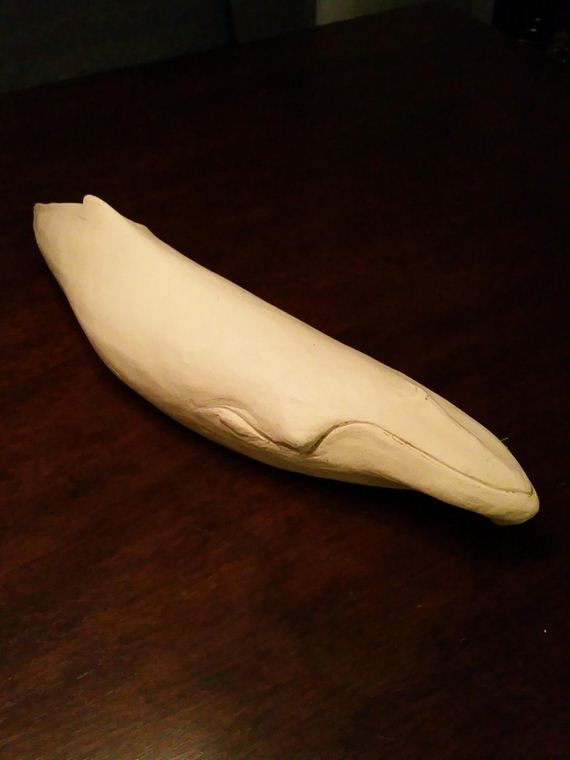
You know those giant whales hanging from the ceiling in aquariums and museums? Someone’s gotta make them, and now we have an inside look at exactly how one of them was done.
It all started with a much smaller scale model.
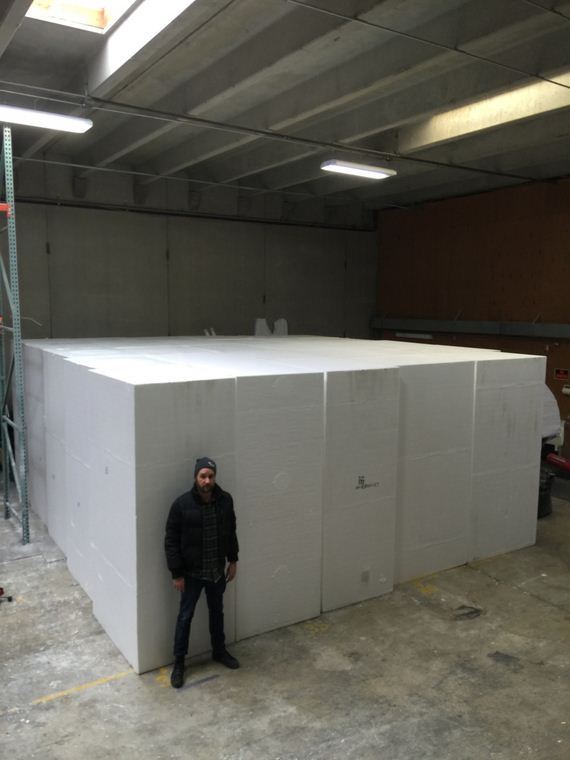
32 blocks of polystyrene foam were used, and that mound looks pretty daunting if you ask me.
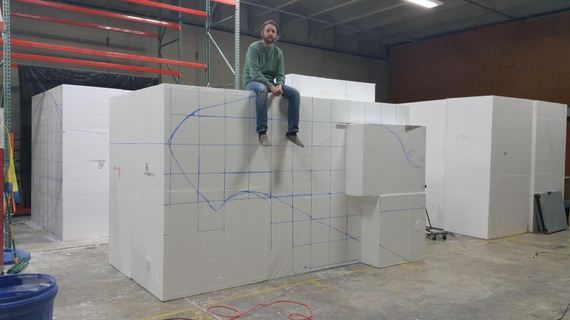
A grid system was utilized to enlarge the model silhouettes. This is the start of the ginormous head.
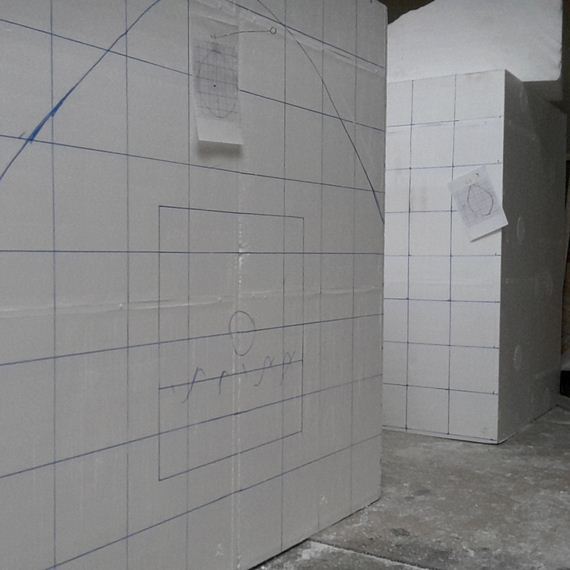
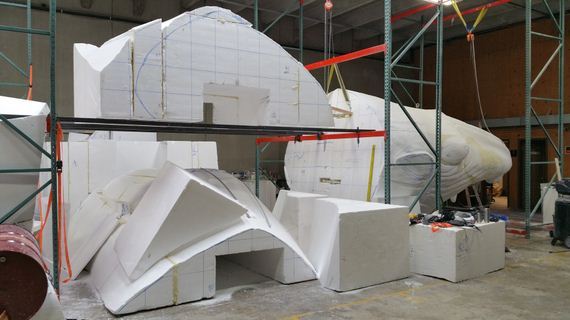
Obviously the whale has to be split in two to even get through the door, so the steel frame holding it up has to be divided as well. These are 6 ft half sections being prepped for attachment to the frame.
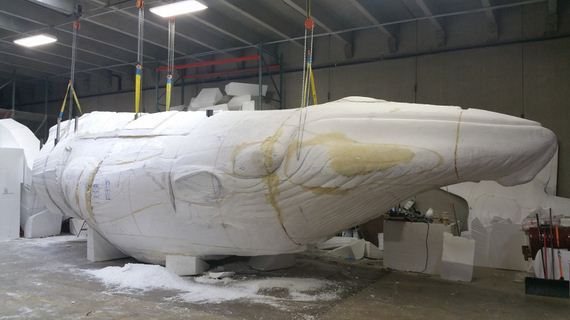
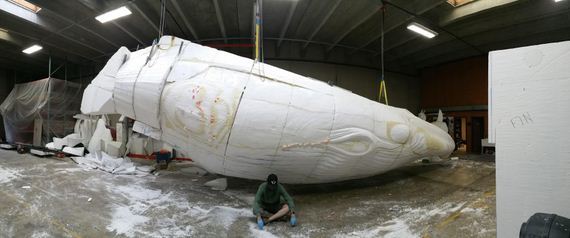
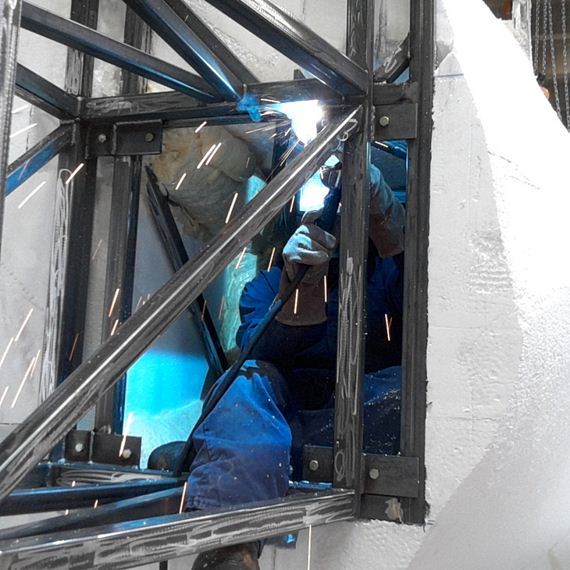
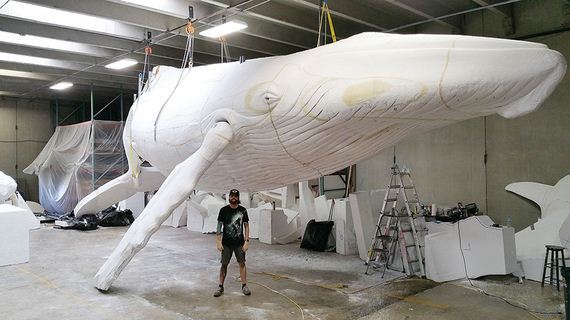
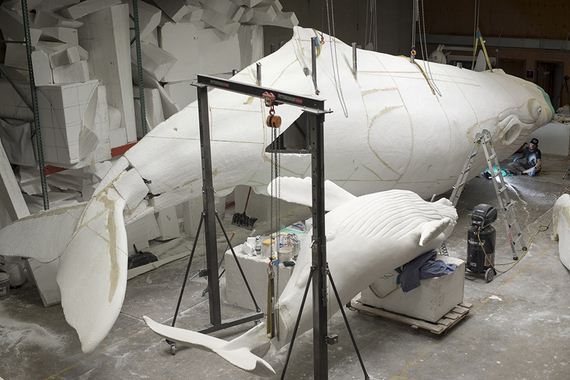
Can’t have a whale without a calf tagging along, now can you?
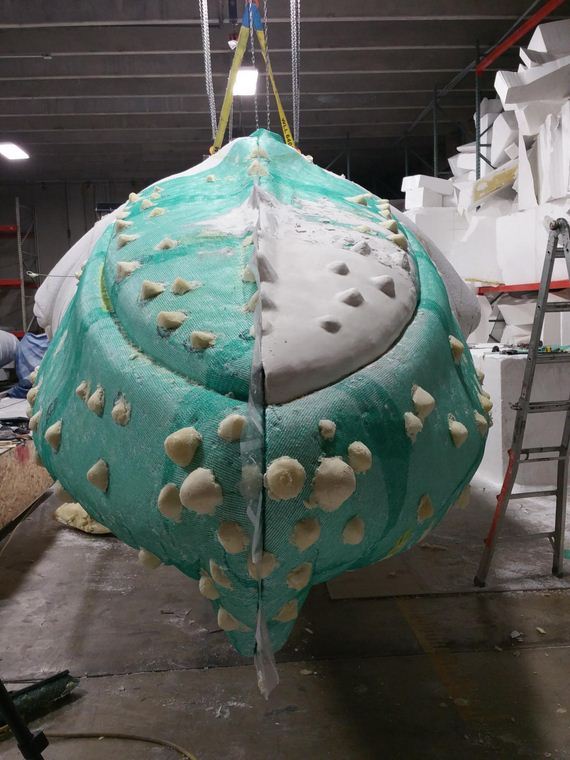
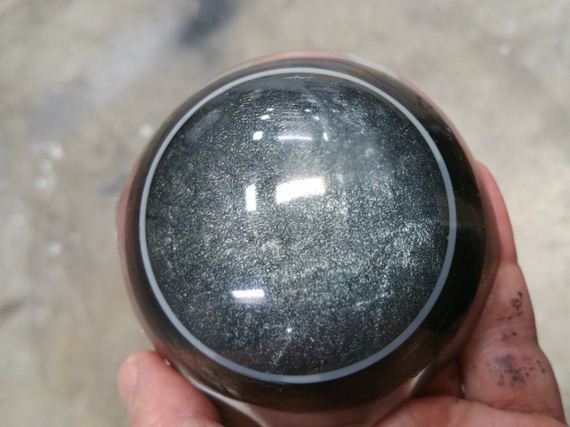
The whale’s eye alone took 12 attempts to get it down.
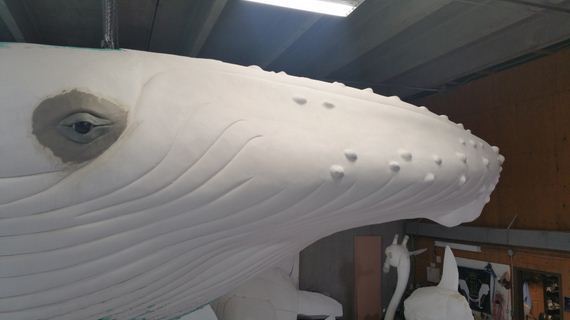
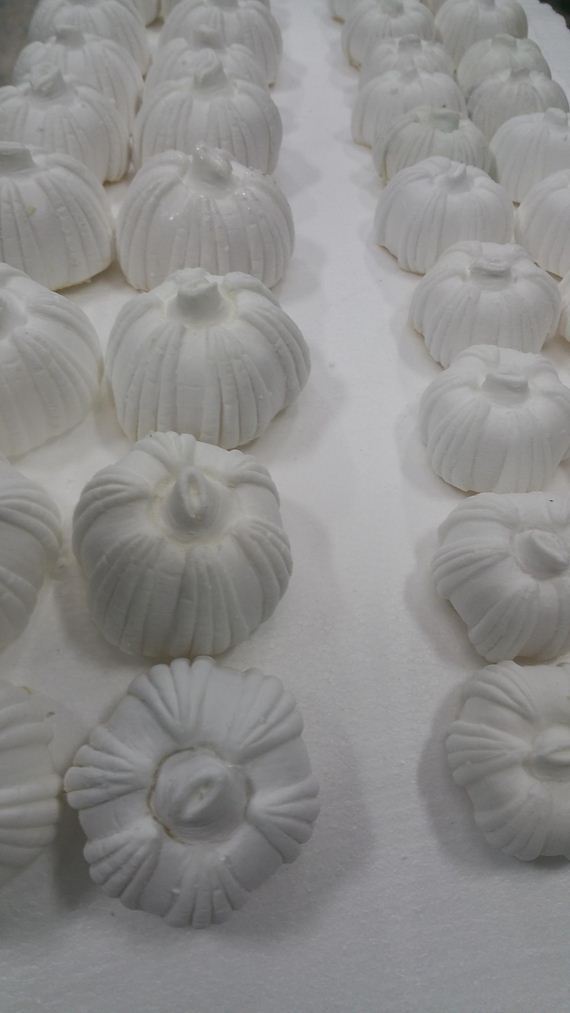
These types of barnacles are specific to humpback whales; the scientific name for them is Coronula Diadema.
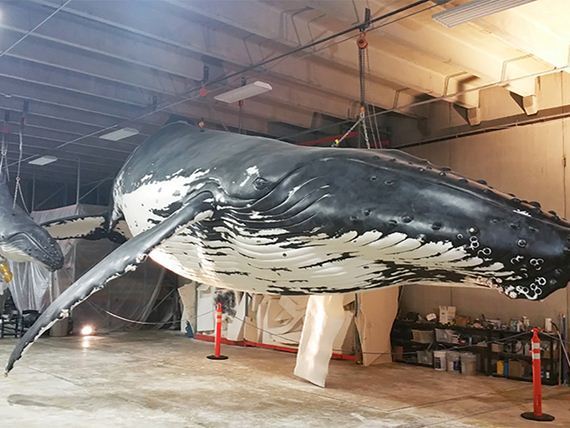
Looks like they’re done! Except for the left fin, the warehouse didn’t have high enough ceilings for it to be attached.
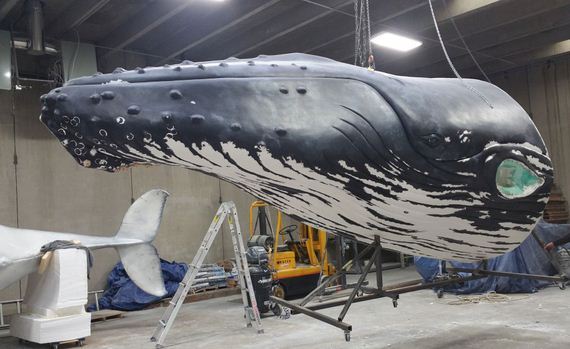
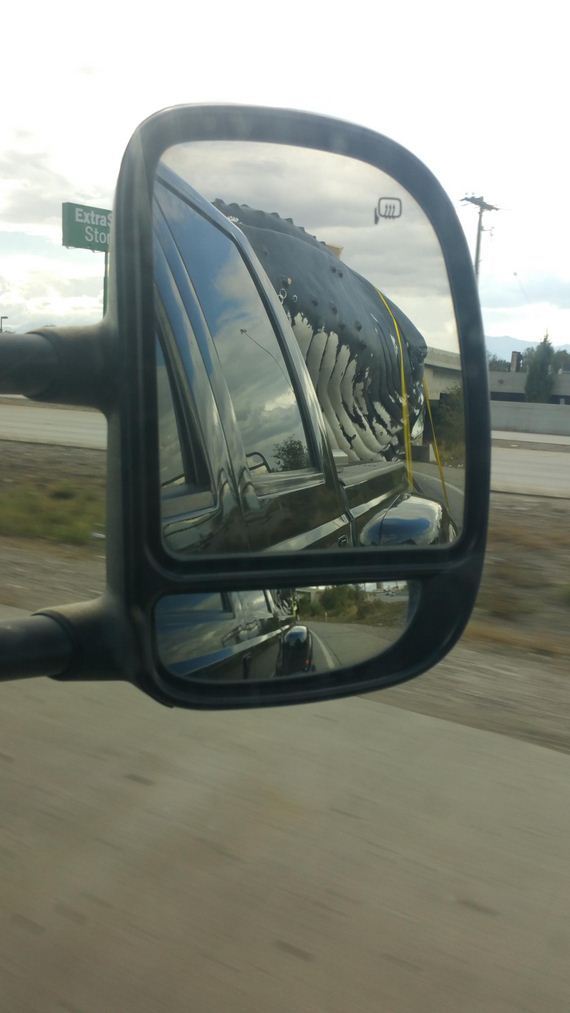
Looks like the transport is going whale….
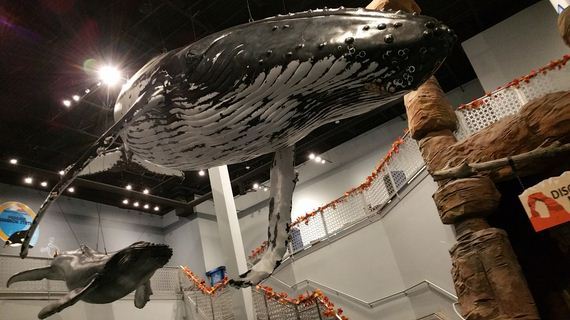
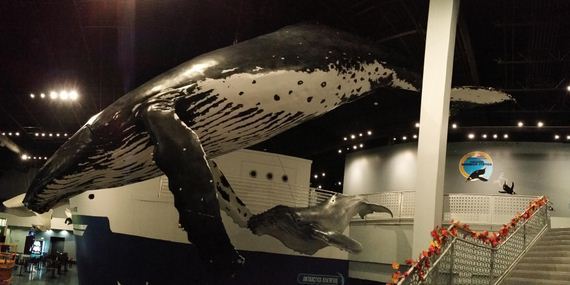
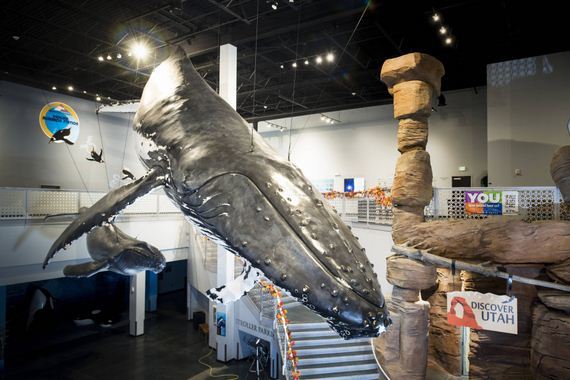
And finally, the big family of 2 finds its way home in the Living Planet Aquarium in Draper, Utah. Check it out if you’re in the area!
 Barnorama All Fun In The Barn
Barnorama All Fun In The Barn